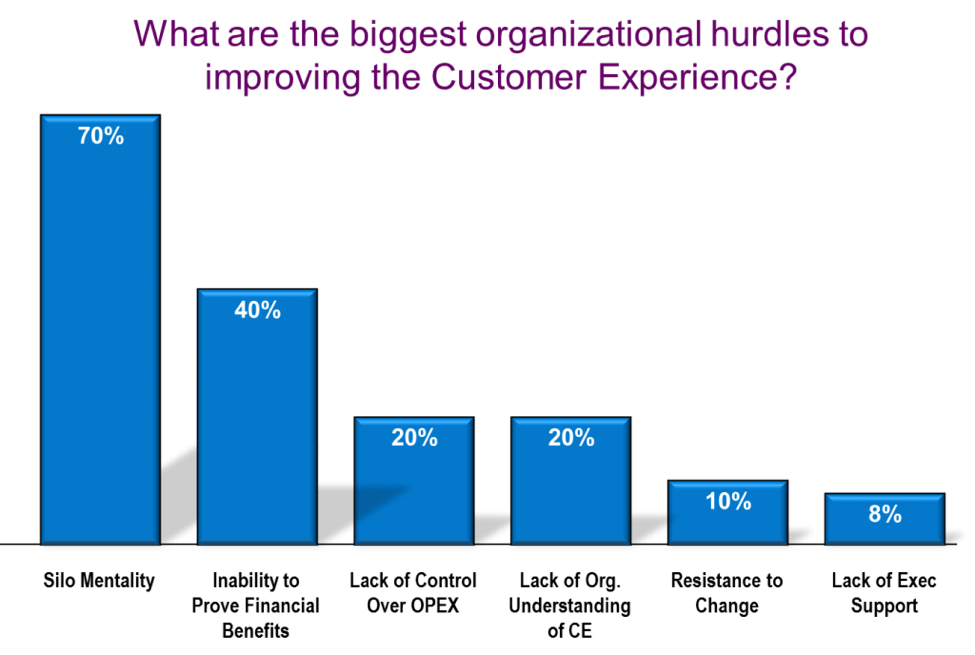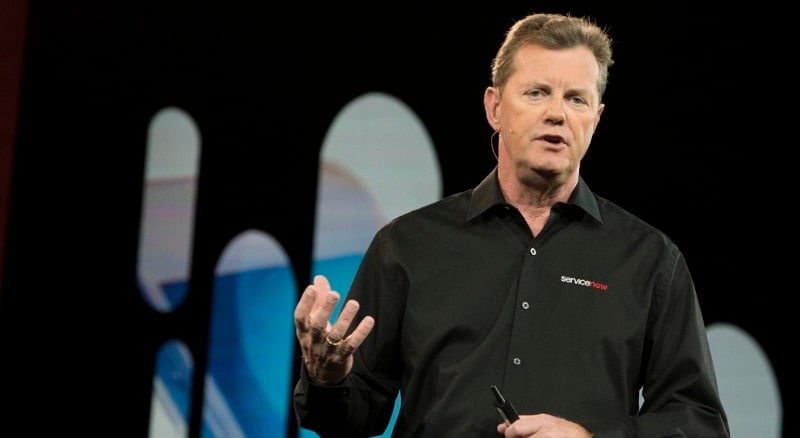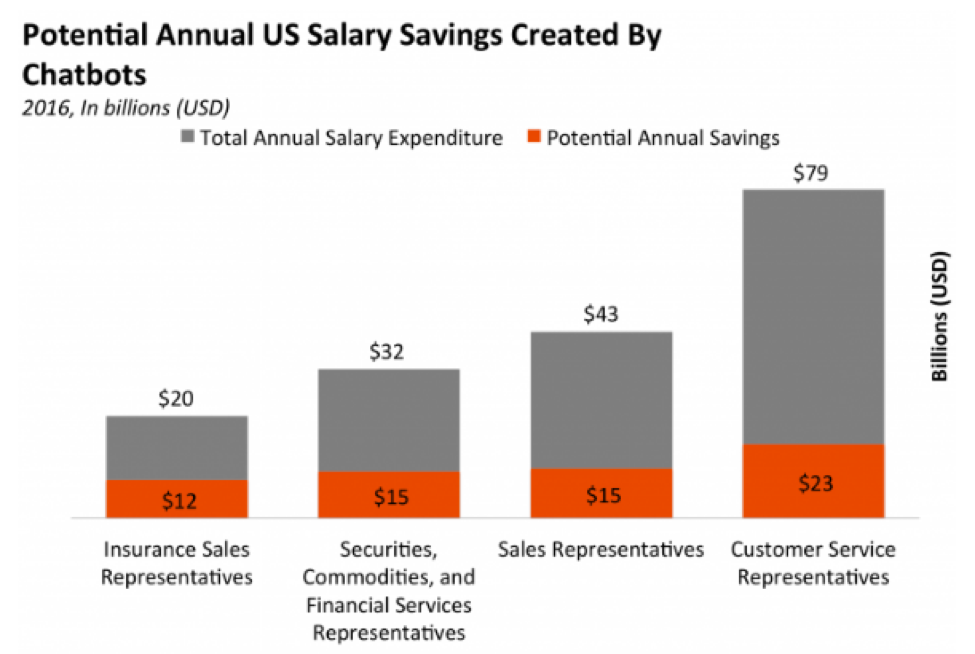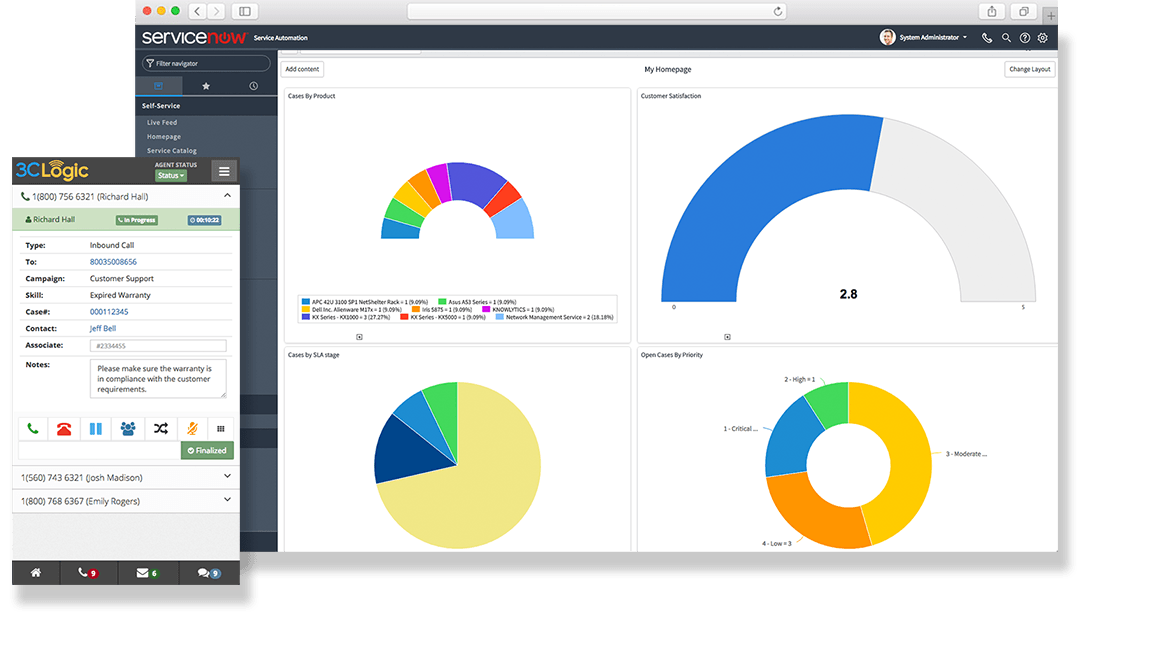The Critical Hurdles: Challenges Facing the Modern HR Contact Center
How Voice, AI, and Unified Data are Reimagining IT Support
Human + Voice AI Workflows: When to Escalate, When to Stay in AI
Subscribe Here!
Don't worry, we don't spam
Recent Posts
The Critical Hurdles: Challenges Facing the Modern HR Contact Center
How Voice, AI, and Unified Data are Reimagining IT Support
Human + Voice AI Workflows: When to Escalate, When to Stay in AI
Best Practices when integrating Voice AI and IVR solutions with ServiceNow
Prompt Engineering for Contact Centers: What CX Leaders Need to Know
Tags
customer service
call center
contact center
customer experience
call center software
ServiceNow
crm integration
cloud call center
contact center solution
CRM
best business practices
contact center software
multichannel contact center
IVR
cloud based call center
cloud based contact center
remote agents
contact center integrations
customer support
call center software features
Categories
Guillaume Seynhaeve
December 9, 2025
LATEST INDUSTRY INSIGHTS
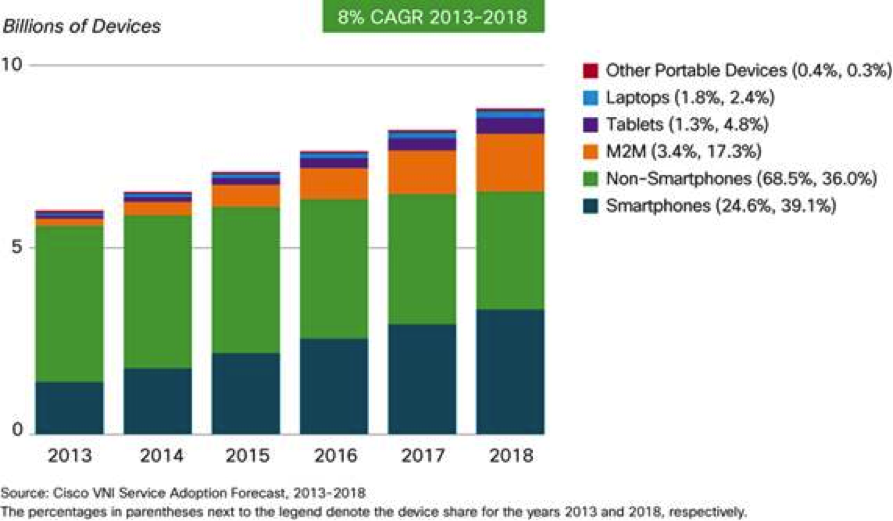




![[Infographic] Overcoming the Challenges of Multichannel Customer Care [Infographic] Overcoming the Challenges of Multichannel Customer Care](http://blog.3clogic.com/hubfs/Overcoming_the_Challenges_of_Multichannel_Customer_Care.png)


